What is the shape of “Naya Bharat”?
India finally awoke to the dawn of freedom on August 15, 1947, following more than two centuries of British colonial rule. The nation’s long-awaited “tryst with destiny,” which signified a turning point in history, was marvellously discussed by Jawaharlal Nehru, the first Prime Minister of independent India, in his well-known midnight speech. A new era for a nation rising from oppression into sovereignty began that day when Nehru raised the tricolour for the first time. Since then, Independence Day has been formally celebrated across the country. The incumbent prime minister raises the national flag at Delhi’s Red Fort in remembrance of the extraordinary courage and sacrifice made by the leaders and freedom fighters who inspired India’s war for independence.
The government officially announced that “Naya Bharat” would be the theme for the 79th Independence Day celebrations on August 15. As it supports the government’s Viksit Bharat vision, the theme symbolises India’s objective of building a prosperous, secure, and independent nation by 2047, according to an official announcement. Prime Minister Narendra Modi on August 15, will lead the celebrations from the Red Fort in Delhi, where he will unfurl the National Flag and deliver his address to the nation. He will be accompanied by Flying Officer Rashika Sharma, and the flag hoisting will be synchronised with a 21-Gun Salute by the 1721 Field Battery (Ceremonial). Approximately 5,000 Special Guests have been invited to witness the celebrations at Red Fort this year.
As India prepares to celebrate its 79th Independence Day on Friday (15 August 2025), honourable President Droupadi Murmu, in her eve-of-Independence address, paid tribute to freedom fighters and lauded the nation’s democratic ethos. She highlighted India’s economic resilience, noting the 6.5 per cent GDP growth, infrastructure expansion, and key initiatives like Make-in-India and Atmanirbhar Bharat. Calling for a collective resolve to make India a developed nation by 2047, the President also cited the country’s decisive response to terrorism through Operation Sindoor, saying, “I believe Operation Sindoor will go down in history as an example in humanity’s fight against terrorism.”
She said that India on the path of becoming a developed economy by 2047. She believes there are three sections of society that will lead us on this path – youth, women and the communities that had for long remained on the margins. Our youth have finally found the right environment for the realisation of their dreams. The National Education Policy has brought in far-reaching changes, aligning learning with values, and skills with tradition. Employment opportunities are booming. For those with entrepreneurial aspirations, the Government has created the most conducive ecosystem. Fuelled by young minds, our space program has witnessed unprecedented expansion.
She further said that a large number of people have been pulled out of poverty through good governance. The government has been running a series of welfare initiatives for the poor and also for those who have risen above the poverty line but are still vulnerable, so that they do not fall below it again. This is reflected in the rising expenditure on social services. Income inequality is reducing. Regional disparities are also disappearing. The States and regions, earlier known for weaker economic performance, are now showing their true potential and catching up with the front-runners.
She further said that for betterment of the lives of the common people there is equal emphasis on improving the ease of doing business as well as on improving the ease of living. Development serves the purpose only when it helps those on the margins and opens new opportunities for them. Moreover, we are increasing our self-reliance in every area possible. This has added to our self-confidence and increased the momentum of our journey towards becoming Viksit Bharat
Now question creeps in mind that what is the shape of “Naya Bharat”? But truth is that since 2007, India continues to be a lower income country and placed behind around 141 countries in term of per capita income. According to the World Bank, around 35 crore people in India, or one in four, are living below the minimum standard for a decent life. They still lack access to essential resources like adequate food, safe housing, healthcare, and education. According to the United Nations’ SOFI report, a significant 55.6% of Indians cannot afford a healthy die as against 35% of the global population. India’s 55.6% is second only to Pakistan’s 58.7% in terms of the proportion of the population unable to afford a healthy diet within the South Asian region. While the percentage of Indians unable to afford a healthy diet has decreased from 69.5% in 2017, it remains higher than the average for South Asia (53.1%). Around 7% of India’s population — about 10 crore people — are pushed into poverty every year due to the amount of money they spend on. health expenditure. Approximately 23 crore (230 million) Indians are considered multidimensionally poor. Income inequality in India is highest in India and worse than that of British era.
Dr Santosh Kumar Mohapatra
What is the shape of “Naya Bharat”//we are increasing our self-reliance in every area possible. This has added to our self-confidence and increased the momentum of our journey towards becoming Viksit Bharat-DrSantosh Kumar Mohapatra writer columnist Cuttack Odisha
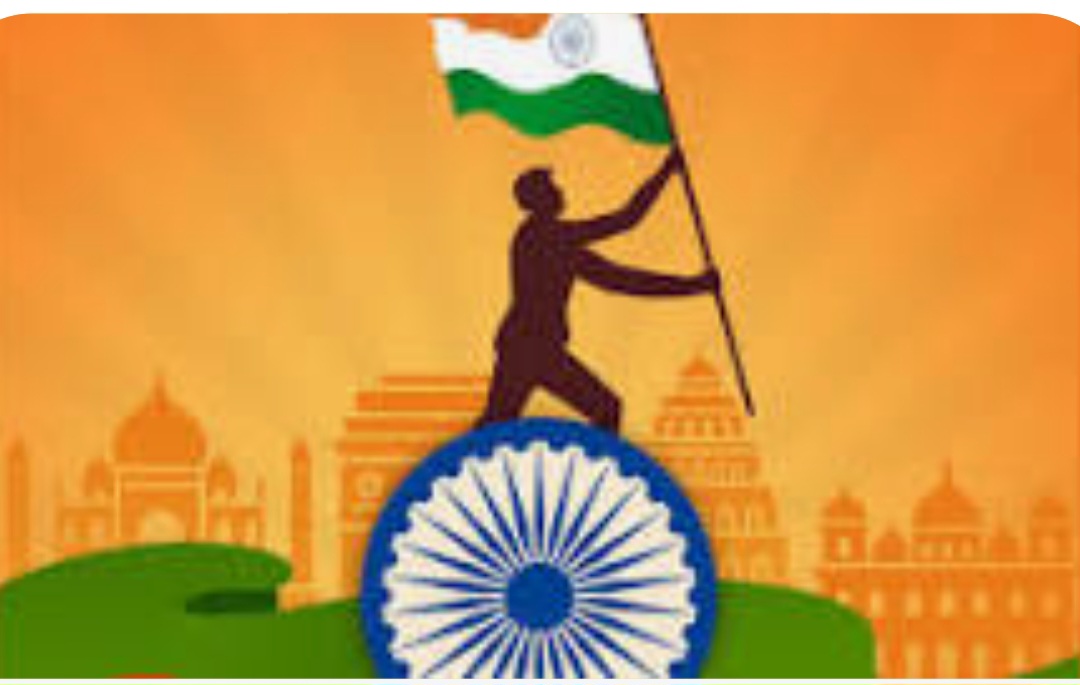

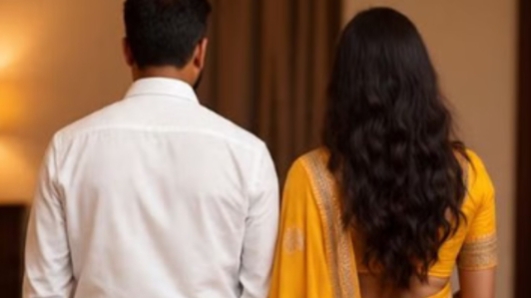




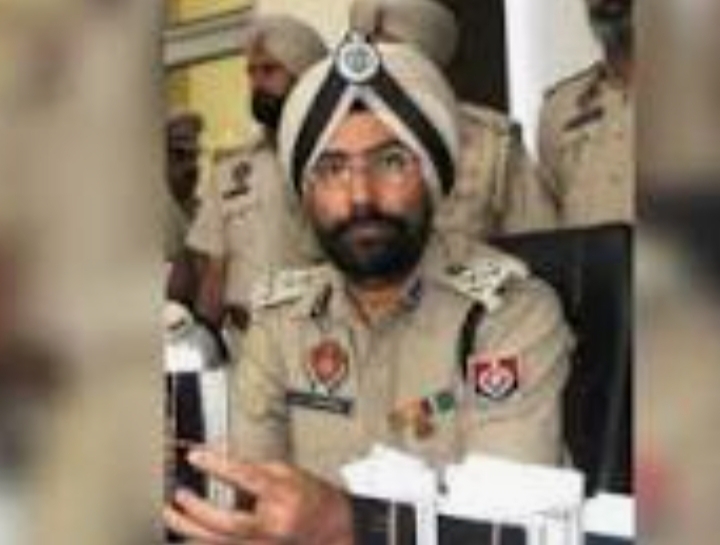
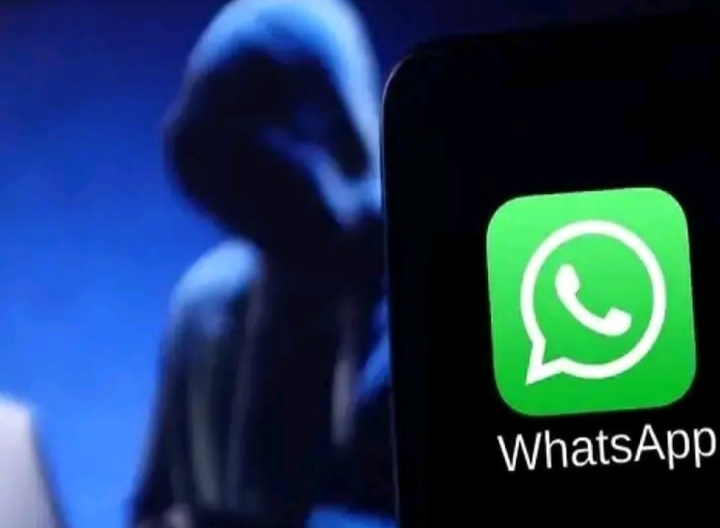

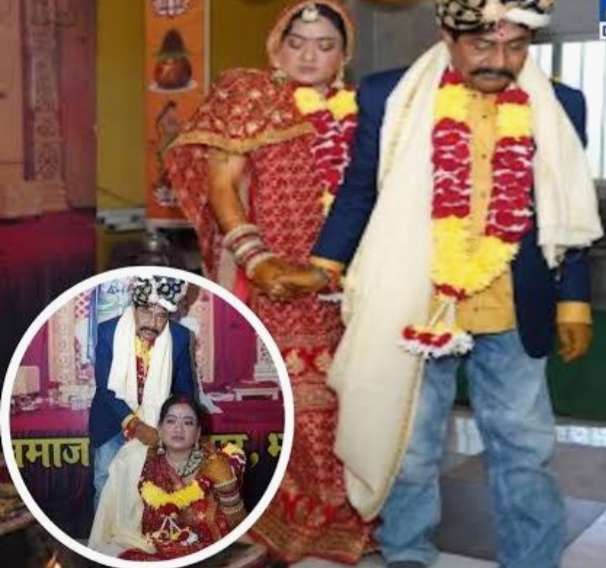
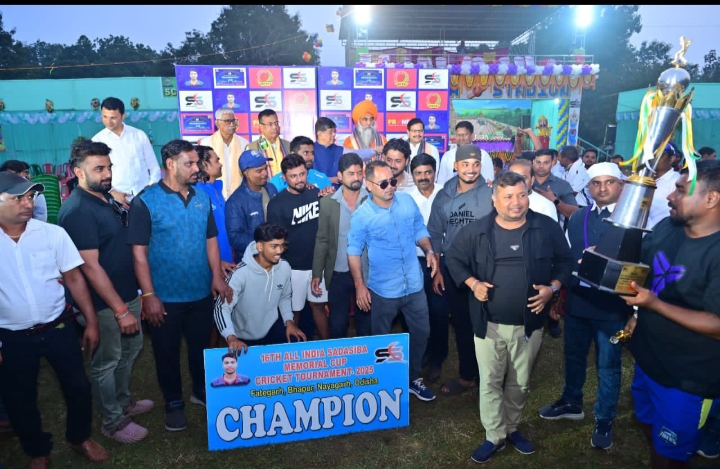
Leave a Reply